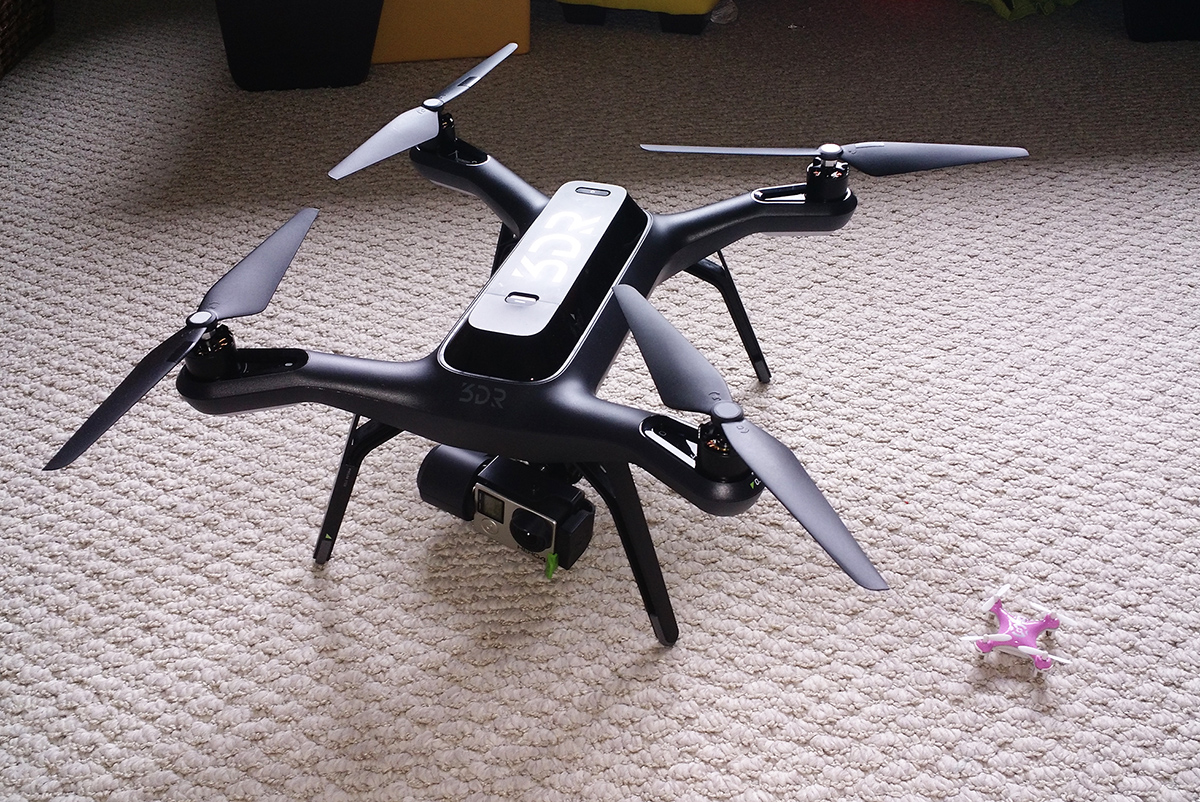I do I have to be a pilot to fly my UAS/UAV/Drone?
For now hobbyist can fly their drones but the time is coming where this flying is going to be more regulated. Currently only commercial UAS operators need to be a pilot. The day might come where the hobbyist will be very restricted to their flying activities. Here’s a reason why.
First a little explanation on being a FAA pilot. A pilot has proven they understand all of the aircraft systems, FAA regulations and guidelines and can handle the aircraft in any configuration under any circumstance. It sound simple but you have to study and practice for hours. It is far more complex then driving cars high-speed on a congested highway while be distracted with your cellphone. One does not just choose to go out and get their pilot license like they can do with an automobile. They must prove they are capable and worthy to fly as a pilot by a written and practical tests. It’s defiantly not for the masses.
OK so why does this apply to drones. Under the Federal ruling a UAV is not a model aircraft but an actual aircraft and thus the rules of the aircraft apply. You can fly a UAV like a model aircraft but then you need to adhere to the rules for model aircrafts. Outside modeling you should think of it as an actual aircraft –not a cool toy.
The FAA has jurisdiction over the National Air Space (NAS) but not the airspace outside your back door? Or do they? The FAA regulate where aircraft fly and how close they can fly around us. In short 500’ from and person, place or thing. So you might think you have up to 400’ in your backyard to keep a 100’ separation from your UAS and the NAS. However the NAS includes the airspace where the aircraft lands and departs or what we know as airports.
So now you launch your drone/aircraft from your backyard. Technically the NAS is now in your backyard and you should not be in the NAS unless you meet the requirements of the FAA.
This is the area that is up for debate. I’d like to suggest anyone serious about flying drones to start studying pilot rules and regulation. If this is too much then consider yourself a UAV hobbyist and not a UAV pilot. There is a difference.
In 2015 400,000 consumer drones are being sold with no training required. Let’s think of these numbers in other scenarios.
In order for us to enjoy the UAV hobby/flying long-term we all need to be students and take responsibility to educate ourselves and operate our equipment safe and responsibly.
Burke
Please let me know if I have improper information. I'm not a regulator but a PP, A&P and avid UAV owner.
For now hobbyist can fly their drones but the time is coming where this flying is going to be more regulated. Currently only commercial UAS operators need to be a pilot. The day might come where the hobbyist will be very restricted to their flying activities. Here’s a reason why.
First a little explanation on being a FAA pilot. A pilot has proven they understand all of the aircraft systems, FAA regulations and guidelines and can handle the aircraft in any configuration under any circumstance. It sound simple but you have to study and practice for hours. It is far more complex then driving cars high-speed on a congested highway while be distracted with your cellphone. One does not just choose to go out and get their pilot license like they can do with an automobile. They must prove they are capable and worthy to fly as a pilot by a written and practical tests. It’s defiantly not for the masses.
OK so why does this apply to drones. Under the Federal ruling a UAV is not a model aircraft but an actual aircraft and thus the rules of the aircraft apply. You can fly a UAV like a model aircraft but then you need to adhere to the rules for model aircrafts. Outside modeling you should think of it as an actual aircraft –not a cool toy.
The FAA has jurisdiction over the National Air Space (NAS) but not the airspace outside your back door? Or do they? The FAA regulate where aircraft fly and how close they can fly around us. In short 500’ from and person, place or thing. So you might think you have up to 400’ in your backyard to keep a 100’ separation from your UAS and the NAS. However the NAS includes the airspace where the aircraft lands and departs or what we know as airports.
So now you launch your drone/aircraft from your backyard. Technically the NAS is now in your backyard and you should not be in the NAS unless you meet the requirements of the FAA.
This is the area that is up for debate. I’d like to suggest anyone serious about flying drones to start studying pilot rules and regulation. If this is too much then consider yourself a UAV hobbyist and not a UAV pilot. There is a difference.
In 2015 400,000 consumer drones are being sold with no training required. Let’s think of these numbers in other scenarios.
- 400,000 new gun owners with no age restriction or training or
- 400,000 new auto drivers with no ages and training restrictions or
- 400,000 new boat owners with no age or training restrictions
In order for us to enjoy the UAV hobby/flying long-term we all need to be students and take responsibility to educate ourselves and operate our equipment safe and responsibly.
Burke
Please let me know if I have improper information. I'm not a regulator but a PP, A&P and avid UAV owner.

